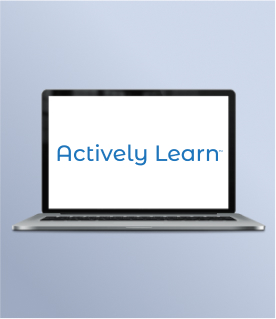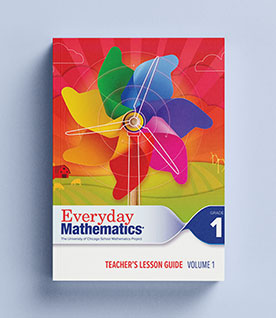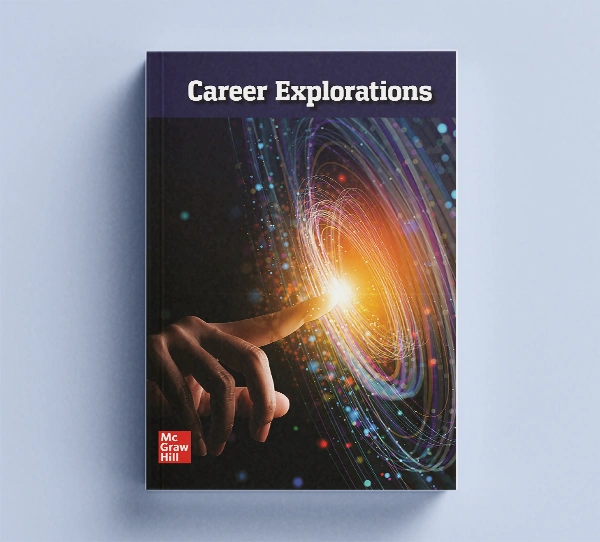Log In to My PreK-12 Platform
Integrating voice technology built for children with proven literacy instruction
A look behind the scenes at our technology integration process
As technology evolves, it can influence transformative changes in the classroom that empower learners, ease the teacher workflow, and help us make the most of every instructional moment. In this ongoing series, we'll take you behind the scenes to understand our curriculum update process, as we iterate in the wake of new research, and our technology integration and development process, as we weave research-driven pedagogy with innovative tools.
Today, Mary Eisele, VP of Intervention Products, and Stephanie Baker, Director of Digital Product Management, discuss the integration of voice technology from SoapBox Labs with Reading Mastery Transformations, our trusted K–5 ELA curriculum.
A Look at the Programs
For over 35 years, Reading Mastery has helped thousands of schools achieve and sustain measurable gains in literacy. Aligned to the Science of Reading, Reading Mastery Transformations is a comprehensive K–5 ELA curriculum that explicitly and systematically teaches foundational literacy skills, and how to read, comprehend, and write narrative and informational text of increasing complexity—while building oral language fluency skills.
SoapBox Labs is a speech recognition company whose proprietary voice engine has been recognized by customers as incredibly accurate for young students' voices. The SoapBox Labs voice engine caters to the complexities of children's speech, which is often happening in noisy environments. It also accommodates the wide diversity in children's accents and dialects and respects the privacy expectations of teachers and parents. According to the independent evaluations, SoapBox's voice engine performs on a par, or surpasses, human-level accuracy.
New technologies are constantly making their way into classrooms – how does McGraw Hill decide what technology is most important to prioritize?
Mary: We look for innovative technology that can best solve real problems and elevate the experience for teachers and learners. At the top of the list are tools that make things more efficient for teachers, because they grapple with so much on a daily basis – including the number of tools that they touch every day. If we're introducing a new piece of technology, it cannot add to their workload - instead, it should simplify tasks or remove work altogether.
For students, we want to make sure that technology is easy to navigate and that it boosts their performance and engagement.
Stephanie: When it comes to partnerships and integrations, it's important for us to align with trusted organizations. There are so many new technologies that are not well-tested. In the case of voice technology, we were seeking a partnership with a reputable organization that has a solid research base.
Why are we partnering with SoapBox Labs?
Mary: SoapBox builds their highly accurate speech recognition based on thousands of hours of children's voice data - ages 2-12 years - from 193 countries. That specific focus on children's voices – whose speech is fundamentally different from that of adults – is really important to us. Technology must take into context the unique experience and development of children as users and learners.
Additionally, SoapBox Labs has completed considerable testing against real teachers, conducting the same assessment that teachers perform, but instead powered by their technology, and time after time their results show that their voice engine is as accurate as – or, in some cases, more accurate than – when teachers manually conduct assessments. It's powerful for us to have a partner that's so focused on children, ensuring the accuracy of the data we're providing back to teachers.
How will SoapBox Labs' voice technology work in our programs? What will the experience look like for students and teachers?
Stephanie: The SoapBox Labs voice technology is a capability that we can plug into various experiences in our tools. Within Reading Mastery Transformations, students and teachers will use the capability to conduct Oral Reading Fluency Assessments. This tool will allow teachers to assign an assessment to a student so that the student can read a passage on a screen out loud into their computer. Their speech will be recorded, evaluated, and reported for the teacher.
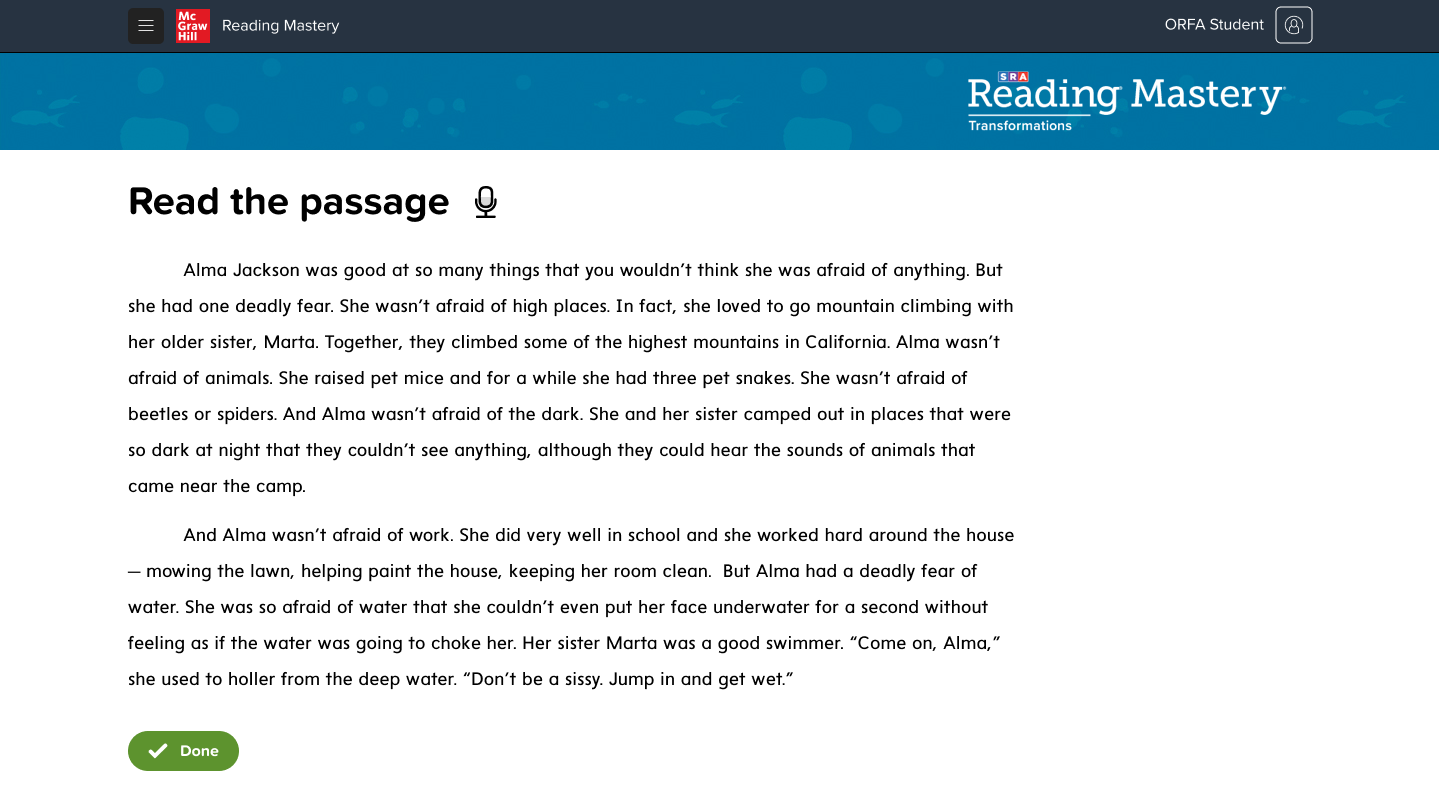
But the teacher won’t just receive a recording of the student speaking. SoapBox's technology decodes and deconstructs the student's speech down to the phoneme level, assesses each word in the passage for errors, such as substitutions and deletions, provides data on words read per minute, and more.
All of this data is provided to the teacher – it’s really about the automation of review and evaluation.
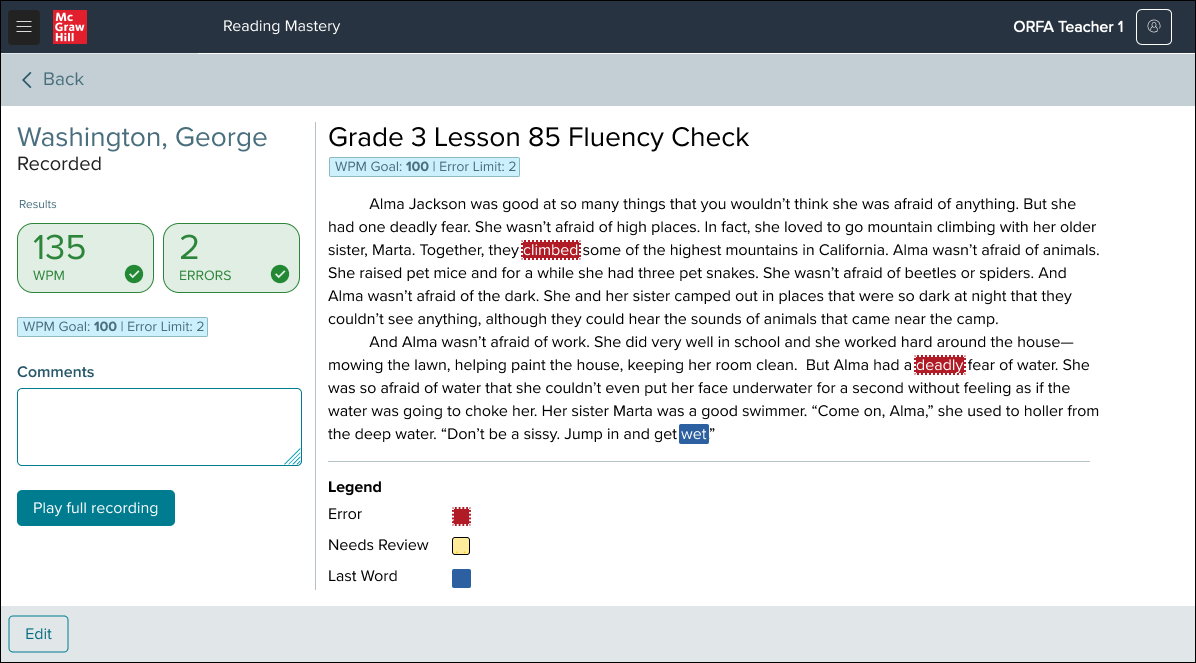
The integration of SoapBox Labs technology into Reading Mastery Transformations also aligns with the recent release of a new edition of Reading Mastery. How does the integration complement the changes to the program?
Mary: It comes back to leveraging technology for the sake of efficiency. In the latest edition of Reading Mastery, both through the integration of speech technology and through a focus on streamlined reporting, we're building tools and data flows that simplify a teacher's day.
If you're a classroom teacher with twenty-five students and you need to do an oral reading fluency assessment with each student, that's at least twenty-five minutes or more of your day. This is a way of giving teachers back that time – they can choose to continue to give a few students that one-on-one assessment and assign the rest of the students the assessment through the speech technology. In this case, maybe that allows the teacher to focus their attention on the learners that need it just a bit more.
We know that assessing fluency – both rate and accuracy – is a critical data point in reading assessment to inform instruction, particularly for early learners, because it provides teachers with important information about the link between decoding and comprehension. By providing a more efficient way to assess oral fluency, voice technology empowers teachers to implement the instructional program with improved fidelity and generate more complete student performance data.
How can the integration of speech technology promote equitable outcomes in literacy?
Mary: SoapBox has built their speech technology with equity at the center of the design. By leveraging thousands of hours of children's speech data, and incorporating voices of varying races, accents, and dialects, their technology is remarkably accurate for all learners. I recommend reading directly from Martyn Farrows, CEO at SoapBox Labs, for more on their approach to equity and bias.
How will we leverage speech technology in the future?
Stephanie: Assessment will be key. We can integrate SoapBox's technology differently depending on what's being assessed. In the case of the Oral Reading Fluency Assessment, one piece of the technology breaks down a reading of a passage of text into words, and another breaks down the words within the passage into phonemes. In an assessment, that technology helps the teacher understand early literacy and decoding skills before a student can read connected text. This capability will be critical in early literacy support, placement testing, and intervention. As schools work to combat learning loss, assessment for early literacy will be critical. If we want to meet students where they are, we have to have the data to know where they are.
Mary: Our longer-term vision for voice technology extends beyond assessment into the instructional and practice realm. Voice technology, when embedded in the student experience of instruction, could provide students with immediate feedback on skill acquisition.
When can educators access this new voice technology in Reading Mastery Transformations?
Mary: Anyone who has Reading Mastery Transformations – even if they've already purchased it – will have access to the SoapBox Labs technology to conduct Oral Reading Fluency Assessments during the next school year.
Any time we integrate technology, we're constantly sourcing feedback from educators and students so that we can iterate and improve their experiences, and make the data that's most important to their work easily accessible. We're looking forward to continuing to partner with educators, through Reading Mastery Transformations and future integrations, to ensure that voice technology is amplifying their student's voices while making their workflow more efficient.
For more on our partnership with SoapBox Labs, see:




